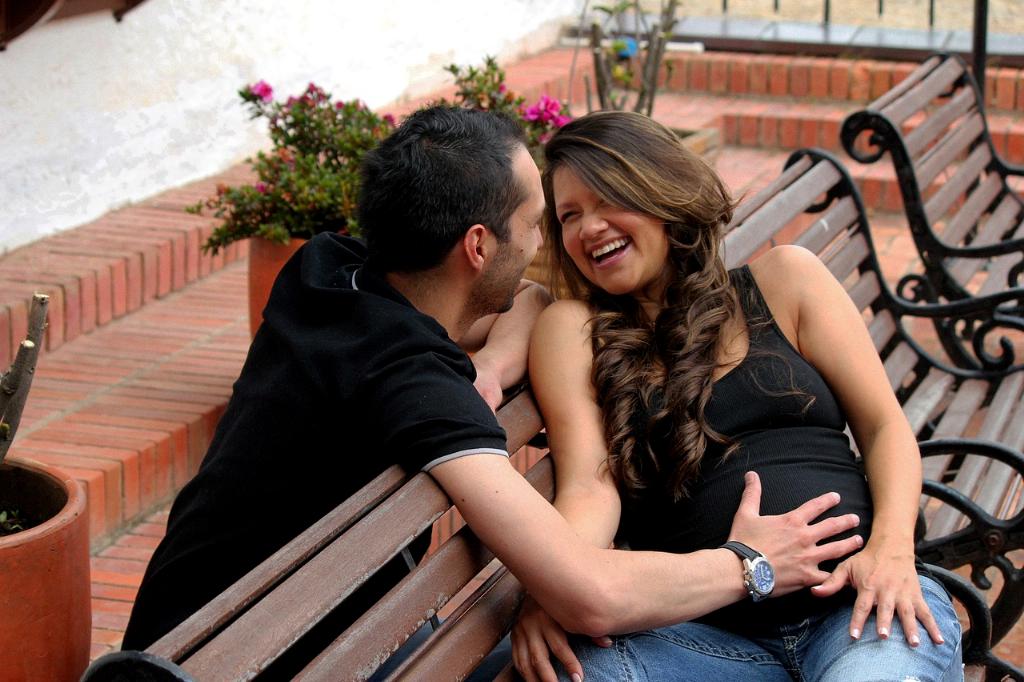During pregnancy, the body undergoes various changes to accommodate the growing fetus, and one common issue many women face is lower back pain. Research suggests that lower back pain typically emerges between the fifth and seventh months of pregnancy, although for some women, it may start as early as eight to 12 weeks into their pregnancy.
Factors Contributing to Early Onset
Several factors can contribute to the early onset of lower back pain during pregnancy. Women who have pre-existing lower back problems are at a higher risk for experiencing back pain, and as a result, they may start noticing discomfort earlier in their pregnancy journey.
Changes in Posture and Center of Gravity
As the baby grows, the body’s center of gravity shifts forward, putting increased pressure on the lower back. This change in posture can strain the muscles and ligaments in the lower back, leading to pain and discomfort.
Hormonal Changes
During pregnancy, the body releases hormones such as relaxin, which help loosen the ligaments in the pelvic area to prepare for childbirth. However, these hormonal changes can also affect the ligaments and muscles in the lower back, contributing to pain.
Weight Gain
Weight gain is a natural part of pregnancy, but the additional weight can put strain on the back and spine, particularly in the lower back area. This extra pressure can lead to discomfort and pain, especially as the pregnancy progresses.
Increased Stress on Muscles
The growing uterus puts pressure on the nearby muscles and nerves, including those in the lower back. This added stress on the muscles can result in spasms and discomfort, causing lower back pain in pregnant women.
Posture and Body Mechanics
As the belly grows, pregnant women may unknowingly adjust their posture to accommodate the changing weight distribution. Poor posture and incorrect body mechanics can strain the lower back muscles, leading to pain and soreness.
Emotional and Mental Stress
Stress and anxiety can manifest physically in the body, potentially exacerbating existing pain conditions. Pregnant women experiencing emotional or mental stress may be more prone to developing or worsening lower back pain during pregnancy.
Importance of Proper Support
It’s essential for pregnant women to prioritize proper support for their lower back to alleviate discomfort and prevent further issues. Using supportive pillows, wearing appropriate footwear, and practicing good posture can all help reduce the risk of lower back pain.
Consulting with Healthcare Providers
For women experiencing persistent or severe lower back pain during pregnancy, it’s crucial to consult with healthcare providers such as obstetricians, physical therapists, or chiropractors. These professionals can offer tailored advice and treatment options to address the specific needs of pregnant women.
Incorporating Gentle Exercise
Engaging in gentle exercises and stretches designed for pregnant women can help strengthen the muscles in the lower back and alleviate pain. Activities such as prenatal yoga, swimming, or walking can promote flexibility and improve overall well-being.
Seeking Emotional Support
Dealing with lower back pain during pregnancy can be physically and emotionally challenging. Seeking emotional support from partners, family members, or support groups can provide pregnant women with the encouragement and understanding they need to cope with the discomfort.
Conclusion
In conclusion, lower back pain can occur at various stages of pregnancy, with some women experiencing it as early as eight to 12 weeks. Understanding the factors contributing to lower back pain, prioritizing proper support, seeking healthcare guidance, and practicing self-care can help pregnant women manage and alleviate discomfort throughout their pregnancy journey.

